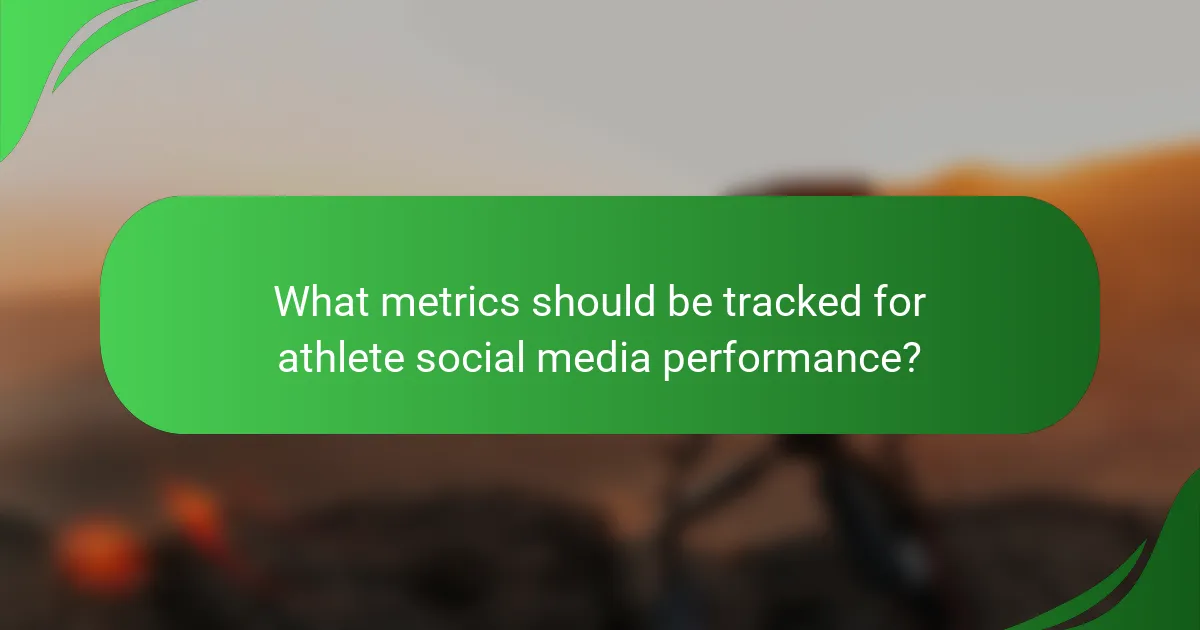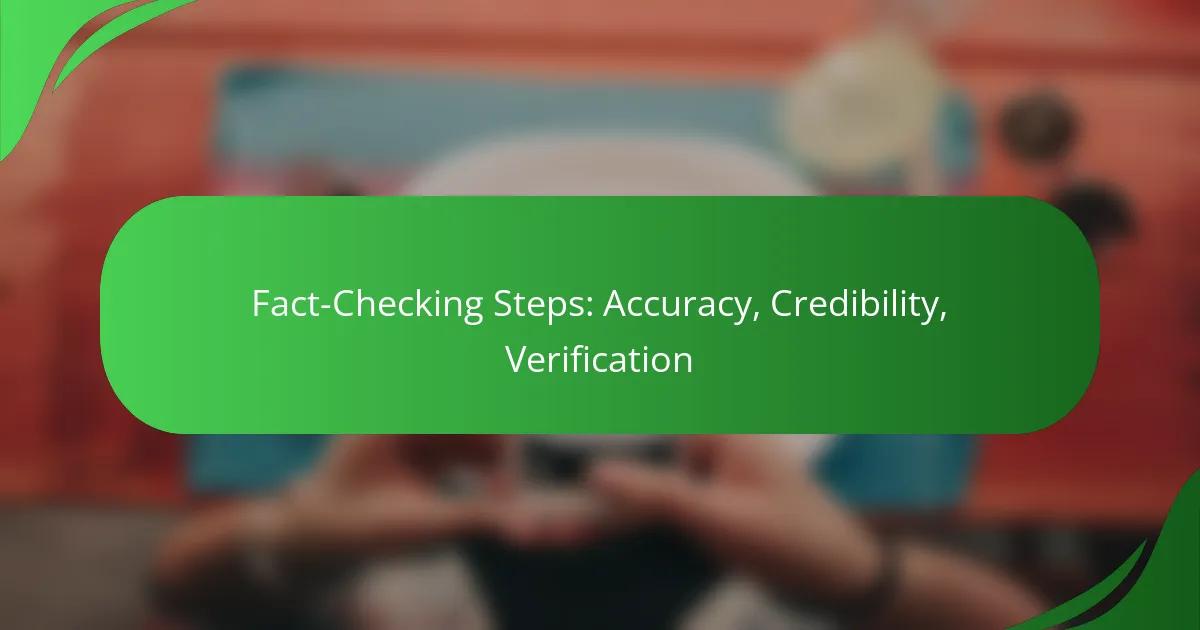Social media research plays a crucial role in enhancing athlete engagement by uncovering audience preferences and behaviors. By leveraging data from platforms like Twitter, Instagram, and Facebook, athletes can customize their content to forge stronger connections with fans. Utilizing analytics tools, surveys, and social listening techniques allows teams to gain valuable insights into fan sentiment and engagement strategies.

How can social media research enhance athlete engagement in the UK?
Social media research can significantly boost athlete engagement in the UK by providing insights into audience preferences and behaviors. By analyzing data from platforms like Twitter, Instagram, and Facebook, athletes can tailor their content and interactions to better connect with fans.
Increased audience interaction
Enhanced audience interaction is achieved by understanding what content resonates most with fans. Athletes can use social media analytics to identify popular topics, peak engagement times, and preferred formats, such as videos or polls. This knowledge allows them to create posts that invite comments, shares, and likes, fostering a more active community.
For example, an athlete might notice that posts featuring behind-the-scenes training videos receive higher engagement than standard updates. By prioritizing this type of content, they can maintain and grow their audience interaction.
Targeted content strategies
Targeted content strategies involve creating specific messages tailored to different segments of an athlete’s audience. By utilizing demographic data, athletes can craft posts that appeal to various age groups, interests, and locations. This personalization increases the likelihood of engagement and strengthens the connection with fans.
For instance, a football player might share content focused on youth training tips for younger fans while posting motivational messages for adult followers. This approach ensures that all audience segments feel valued and engaged.
Real-time feedback mechanisms
Real-time feedback mechanisms allow athletes to gauge audience reactions immediately, enabling quick adjustments to their engagement strategies. Tools like polls, Q&A sessions, and live streams can provide instant insights into fan preferences and opinions. This responsiveness can enhance the overall fan experience and loyalty.
For example, an athlete could host a live Q&A session after a game, using audience questions to guide the discussion. This not only provides valuable feedback but also makes fans feel more involved in the athlete’s journey.

What methods drive effective athlete insights on social media?
Effective athlete insights on social media are driven by a combination of data analytics tools, surveys and polls, and social listening techniques. These methods help teams and brands understand athlete engagement, fan preferences, and overall sentiment.
Data analytics tools
Data analytics tools are essential for measuring athlete performance and fan engagement on social media platforms. These tools can track metrics such as likes, shares, comments, and follower growth, providing insights into what content resonates with fans.
Popular analytics platforms include Google Analytics, Hootsuite, and Sprout Social. They allow users to visualize data trends over time, helping to identify successful strategies and areas for improvement.
Surveys and polls
Surveys and polls are direct methods to gather feedback from fans about their preferences and perceptions of athletes. These tools can be deployed on social media platforms to engage fans and collect valuable insights quickly.
When designing surveys, keep questions concise and focused. Aim for a mix of multiple-choice and open-ended questions to capture both quantitative and qualitative data. Consider offering incentives, like exclusive content or merchandise, to boost participation rates.
Social listening techniques
Social listening techniques involve monitoring social media conversations to gauge public sentiment about athletes and their brands. This method helps identify trends, emerging issues, and fan attitudes in real-time.
Tools like Brandwatch and Mention can track keywords and hashtags related to specific athletes, providing insights into how they are perceived by fans. Regularly analyzing this data can inform marketing strategies and improve athlete engagement.

Which platforms are best for athlete engagement in the UK?
In the UK, the best platforms for athlete engagement include Instagram, Twitter, and Facebook, each serving distinct purposes. Athletes can leverage these platforms to connect with fans, share updates, and foster community interactions effectively.
Instagram for visual storytelling
Instagram excels at visual storytelling, making it ideal for athletes to showcase their training, competitions, and personal moments. High-quality images and videos can capture attention and create a strong emotional connection with followers.
To maximize engagement, athletes should post regularly, utilize Instagram Stories for behind-the-scenes content, and engage with followers through comments and direct messages. Hashtags relevant to sports and fitness can also help reach a broader audience.
Twitter for real-time updates
Twitter is perfect for real-time updates, allowing athletes to share quick thoughts, news, and live event commentary. Its fast-paced nature helps athletes connect with fans instantly, especially during competitions or significant announcements.
To effectively use Twitter, athletes should tweet frequently, engage in trending conversations, and use relevant hashtags to increase visibility. Retweeting fan messages or responding to questions can further enhance engagement.
Facebook for community building
Facebook is a powerful tool for community building, enabling athletes to create dedicated pages or groups where fans can interact. This platform supports longer posts, discussions, and event promotions, fostering a sense of belonging among followers.
To build a strong community, athletes should share a mix of content, including personal stories, training tips, and event information. Regular interaction with fans through comments and live Q&A sessions can significantly enhance community engagement.

What are the key strategies for successful athlete branding on social media?
Successful athlete branding on social media hinges on a few key strategies, including consistent messaging, authenticity, and leveraging brand partnerships. These elements help athletes build a strong personal brand that resonates with their audience and enhances engagement.
Consistent messaging
Consistent messaging is crucial for maintaining a coherent brand identity across social media platforms. Athletes should ensure that their posts, stories, and interactions reflect their core values and personality, creating a unified narrative that followers can easily recognize.
To achieve consistency, athletes can develop a content calendar that outlines themes, post types, and key messages. This approach helps in planning content that aligns with their branding goals while avoiding last-minute, off-brand posts.
Authenticity and transparency
Authenticity and transparency are vital for building trust with followers. Athletes who share genuine experiences, challenges, and successes tend to foster deeper connections with their audience. This openness encourages engagement and loyalty.
To enhance authenticity, athletes can share behind-the-scenes content, personal stories, or even candid moments from their lives. Engaging directly with fans through Q&A sessions or responding to comments also reinforces a sense of transparency.
Leveraging partnerships with brands
Leveraging partnerships with brands can amplify an athlete’s reach and enhance their brand image. Collaborating with brands that align with their values allows athletes to tap into new audiences while providing authentic endorsements.
When selecting brand partnerships, athletes should consider the brand’s reputation, audience, and alignment with their personal values. Authentic collaborations, such as co-branded campaigns or sponsored content that feels natural, can lead to increased engagement and positive brand perception.

How do athlete demographics influence social media strategies?
Athlete demographics significantly shape social media strategies by determining the content style, platform choice, and engagement methods. Understanding the age, geographic location, and sport-specific interests of an athlete’s audience allows for tailored approaches that resonate more effectively with followers.
Age group preferences
Different age groups exhibit distinct preferences for social media platforms and content types. For instance, younger audiences, particularly those in their teens and early twenties, tend to favor platforms like TikTok and Instagram, where visual content thrives. In contrast, older demographics may engage more on Facebook or LinkedIn, seeking informative or professional content.
When crafting content, consider using trends and language that resonate with each age group. For example, younger audiences might appreciate humor and relatability, while older groups may prefer inspirational stories or expert insights.
Geographic location impact
Geographic location affects not only the preferred social media platforms but also the type of content that resonates. Athletes with a global following might need to adapt their messaging to align with cultural differences, local trends, and language variations. For example, content that works well in North America may not have the same impact in Europe or Asia.
Additionally, time zones play a crucial role in engagement strategies. Posting during peak hours for specific regions can enhance visibility and interaction rates. Researching local customs and popular events can also help tailor content that feels relevant and timely.
Sport-specific audience engagement
Each sport attracts a unique audience with specific interests and engagement styles. For example, fans of high-energy sports like basketball may prefer fast-paced highlights and behind-the-scenes content, while those following more strategic sports like golf might appreciate in-depth analysis and player interviews.
Understanding the nuances of the sport’s culture can guide content creation. Engaging with fans through polls, Q&A sessions, or live streams can foster a sense of community and loyalty. Additionally, collaborating with influencers within the sport can amplify reach and credibility among target audiences.

What metrics should be tracked for athlete social media performance?
Key metrics for tracking athlete social media performance include engagement rates, follower growth, reach, and impressions. These metrics provide insights into how well an athlete connects with their audience and the effectiveness of their content strategy.
Engagement Rates
Engagement rates measure the level of interaction an athlete’s posts receive, including likes, comments, shares, and saves. A higher engagement rate indicates that the audience finds the content appealing and relevant. Aim for engagement rates between 1% and 5% as a general benchmark, depending on the platform.
To calculate engagement rates, divide the total engagement (likes, comments, shares) by the total number of followers, then multiply by 100. This metric helps identify which types of content resonate most with fans, allowing athletes to refine their strategies.
Follower Growth
Follower growth tracks the increase in an athlete’s social media following over time. Consistent growth indicates that the athlete is successfully attracting new fans and maintaining interest among existing followers. Monitoring this metric monthly can help identify trends and the impact of specific campaigns or events.
To foster follower growth, athletes should engage with their audience through regular updates, interactive content, and collaborations with other influencers or brands. Aiming for a growth rate of 5% to 10% per month can be a realistic target for many athletes.
Reach and Impressions
Reach refers to the total number of unique users who see an athlete’s content, while impressions count the total number of times the content is displayed, regardless of whether it was clicked or not. Both metrics are crucial for understanding the visibility of an athlete’s posts.
Tracking reach and impressions helps athletes gauge the effectiveness of their content distribution strategies. Aiming for a reach that is at least 50% of the follower count can indicate strong visibility. Regularly analyzing these metrics can inform adjustments to posting times and content types to maximize exposure.



